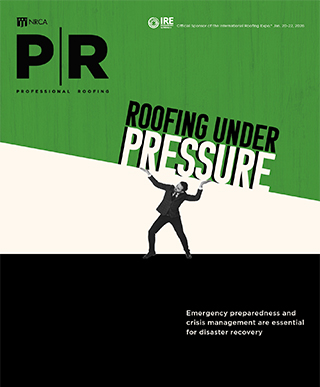
There is a lot to worry about when it comes to your employees’ health and well-being as well as your own. Beyond safety regulations and mental and emotional health issues, most folks also try to maintain healthy diets and adhere to exercise routines.
One historically difficult health problem to fix is posture. In The Wall Street Journal article “Yes, you should stand up straight—for all sorts of reasons,” Kate Murphy writes: “Good posture is … essential for optimal circulation, respiration, digestion and bladder function. Increasing evidence suggests it also improves cognitive ability and enhances your mood.”
One way to improve posture is to look at yourself in the mirror more often. You can position mirrors throughout your home and workspace to identify furniture that could be contributing to poor posture. For instance, a mirror in your family room could show how your comfy couch forces your body out of alignment.
You also can stand against a wall several times per day to reteach your body and mind how to stand upright. For proper posture, your head, shoulders, buttocks and heels should be touching the wall.
“By repeatedly putting yourself in that position, to the best of your ability, two or three times a day, you will begin to retrain and re-educate your body,” Murphy writes.
She continues: “Also, keep in mind that your head is about as heavy as a bowling ball. Even when your head is in a straight-up, neutral position it exerts 10 to 12 pounds of pressure on your cervical spine. But at a 15-degree forward tilt, the force increases to 27 pounds. At 45 degrees, the angle at which most people bend to look at their cell phones, the force is 49 pounds.”
What may be surprising to learn is research shows there is a significant relationship between depression and a slumped posture. And people who can maintain an upright posture while in a stressful situation reported higher self-esteem, better mood and less anxiety compared with those with a slumped posture.
Murphy notes physical therapists or trainers can help identify where your posture needs improvement and provide exercises. Apps such as Upright and PosturePal also can be useful.
You only get one body; taking care of it is important.

AMBIKA PUNIANI REID
Editor of Professional Roofing
Vice president of communications
NRCA



